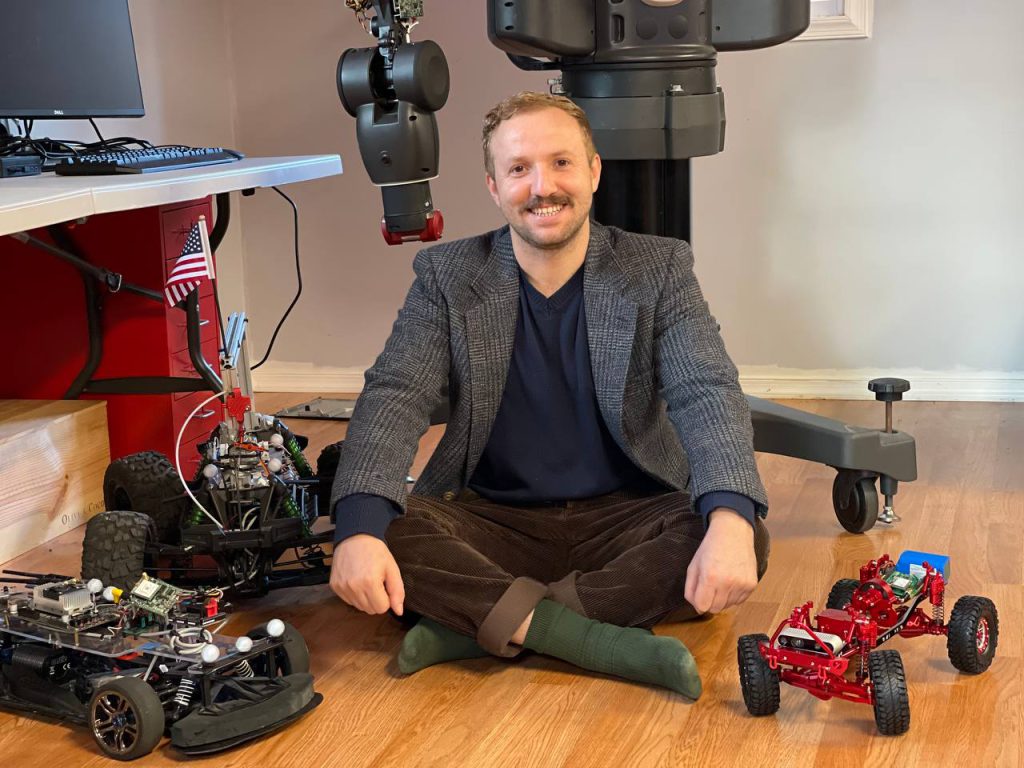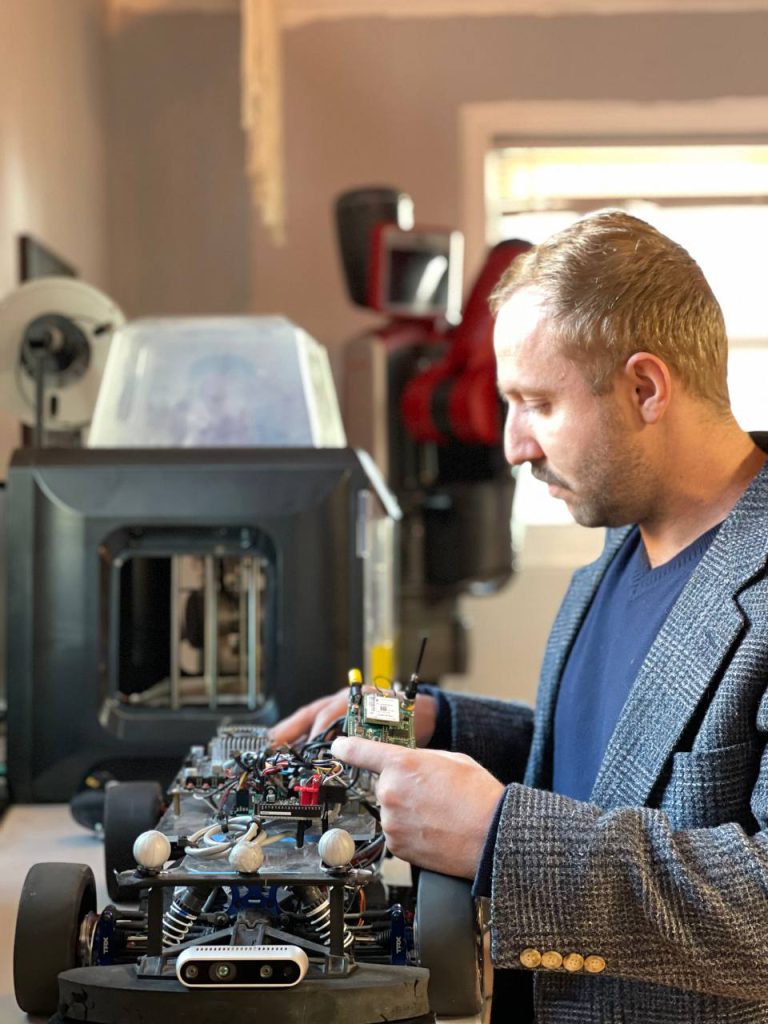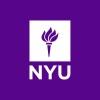Aliasghar MOj Arab, Ph. D.
Research Professor | AI & Robotics | Autonomous Vehicles | Safety & Security | Control Theories

- I was born in Shiraz, a historical city in south of Iran, famous for the red wine and poetry.
- Robotic became a major part of my life since 2007
- I enjoy solving robotic problems, from mathematical modeling to system level and building hardware
- I was a student-athlete with multiple championships
- Ph.D. - Mechanical & Aerospace Engineering / Design and Control – 2015-2020
Safe motion control and planning for autonomous race vehicles
- M.S. - Electrical Eng. (Control) – 2011-2013
Robust control of wheeled mobile robots
- BSc - Robotics Eng. – 2007-2011
Design, build and control of a non-holonomic mobile robot using camera for localization
- Senior Autonomous Vehicle System Engineer at Nuro.ai – 2023-Now
Designing system theory methods for safety verification and validation
- Robotics Research Engineer at Nokia Bell Labs – 2020-2023
Designed controller architecture for a four-wheel independent steering and drive robot
- System Engineer at Verizon – 2016-2020
Designed system architecture for IoT enabled sensor networks using mobile edge computing
- Algorithm Engineer at Zoomi.Inc – 2015
Developed AI algorithms to individualize the course content in an online course application
- Research and Teaching Assistant at Rutgers – 2015-2021
Led RU-Racer project
- Robotics Engineer at TAM – 2011-2014
Designed, built and Integrated a vision system to an industrial robot (KUKA)
- Wheeled mobile robots 2007-2014
- Industrial Visual-Servoing - 2013
Optimal Control Design using Memetic Algorithm - 2014
Impedance control of Mobile Manipulators - 2015
IoT Enabled Sensor Network - 2017
About Dr. Aliasghar Moj Arab
Aliasghar is an Adjunct Professor in Robotics at NYU and Director of Agile Safe Autonomous Systems (ASAS) Labs. His research is focused on advancement of autonomous robotic vehicles for urban applications, from secure communication to safe operations. His received his Bachelor in Robotics Engineering and his Masters in Electrical Engineering (Control Systems) from Shahrood University of Technology and his Doctorate in Mechanical and Aerospace Engineering (Control Systems) from Rutgers University were he was focused on the development of advanced motion planning and control for robotic vehicles capable of autonomous racing and stunt driving.
He also leads a R&D project focused on integrating Large Language Models (LLM) with existing standard safety and security assessment models. His has gained over 8 years of industrial experience in small size startups to prestigious research labs from the East to the West of the continent. He has worked as individual contributor to principal and lead staff from small size to large size teams in Cloud, Telecommunication and Automotive industries. Dr. Arab is familiar with cloud, embedded system and communication architectures which are necessary components of a current days software defined robotic vehicles.

Work Experience

Research Professor in Robotics
Tandon School of Engineering New York University - 2023 to now
- Safety and security of AI powered autonomous systems
- Socially aware navigation using AI and autonomy explainability system to enhance human robot collaboration
- Safe motion control for collaborative robotic and autonomous vehicles

Senior Autonomous Vehicle System Engineer
Nuro - 2023 to 2024
- Developed a novel Safety Analysis approach using STPA and HARA
- Defined and developed an ODD based method for minimum risk maneuver selection of Nuro’s fault response
- Developed verification and validation methods by defining proper metrics and coverage using large scale simulations to evaluate safety cases
Systems engineering is a discipline that follows a principled technical approach to breaking down a complex system — such as Nuro’s autonomy stack — into layered subsystems and components in terms of form and function.

Robotics Research Scientists
Nokia Bell Labs - 2020 to 2023
- Designed a safety system for industrial mobile robots to increase the awareness for both human and robots in a collaborative industrial environment.
- Designed a control system for a four-wheel mobile robot with independent steering and drive (4ISD) with various steering wheel rotation limits.
- Proposed a new nonlinear control method named safe iterative feedback linearization to avoid unsafe states smoothly during operation in close proximity of people.
- Mentored PhD students as an intern, one of the interns won the Bell labs award in 2022.Designed a system architecture for connected autonomous vehicles, robotic systems, IoT devises and drones using 5G technology.

Principal System Engineer
Verizon - 2016 to 2020 - Emerging Technologies Team | Connected Vehicles | 5G | Drones | Robotics | AR/XR
- Designed a system architecture for connected autonomous vehicles, robotic systems, IoT devises and drones using 5G technology.
- Led an end-to-end LTE based IoT solution for a network of battery powered wireless sensors.
- Developed and patented power optimization and synchronization methods.
- Optimized the power consumption and increased the battery life from 2 years to 10 years.

Adjunct Lecturer
Rutgers University - 2020
Analytical Dynamics - Mobile Robots and Autonomous Vehicles

AI Algorithm Research Engineer
Zoomi - 2015 to 2016
Developed algorithms for Zoomi’s Analytic and Artificial Intelligence dashboard to individualize the course content for students by analyzing their performance and behavior in the class.
Selected Projects
Wheeled mobile robots 2007-2014
- Motivations
- Wide range of applications, such as smart wheelchair, firefighter, rescue robots
- Make an smart waiter for a robotic restaurant
- Challenges
- Design a robust controller for a nonlinear nonholonomic system with model uncertainties
- Integrate ML with the control loop
- Connected robot control with wireless communication
- Accomplishments
- Built my first smart mobile robot for my undergraduate final project. I used a image processing and ML for perception
- Tested various communication methods
- Neural networks and Fuzzy logic for uncertainty estimations
Industrial Visual-Servoing – 2013
- Motivations
- TAM was using a mechanical machine to centralize the windshield before the robot put the glue on the edge of the windshield, which was expensive, difficult to maintenance.
- Challenges
- The glazing tolerance should not exceed 2mm and it should be able to work for various type of windshields.
- Accomplishments
- Designed the algorithms, developed the image processing program and integrated the industrial robot and a digital camera within a visual-servoing control loop.
- Enhanced the machine vision system to adjust to different type of work conditions and being robust against lighting disturbances.